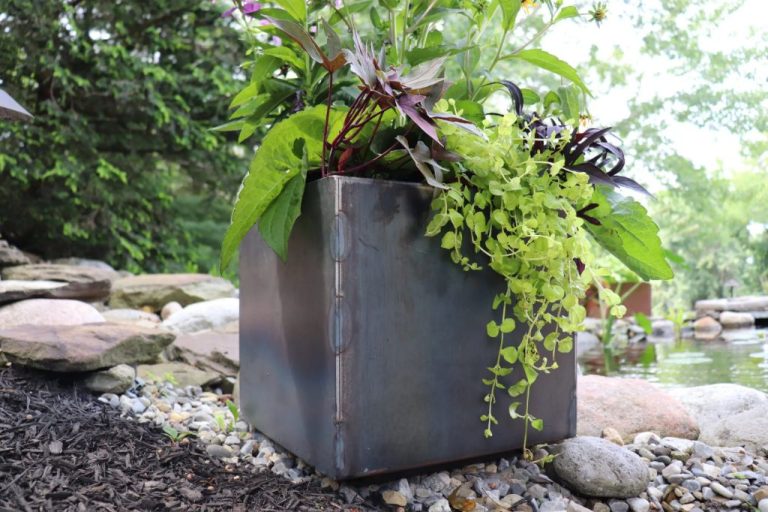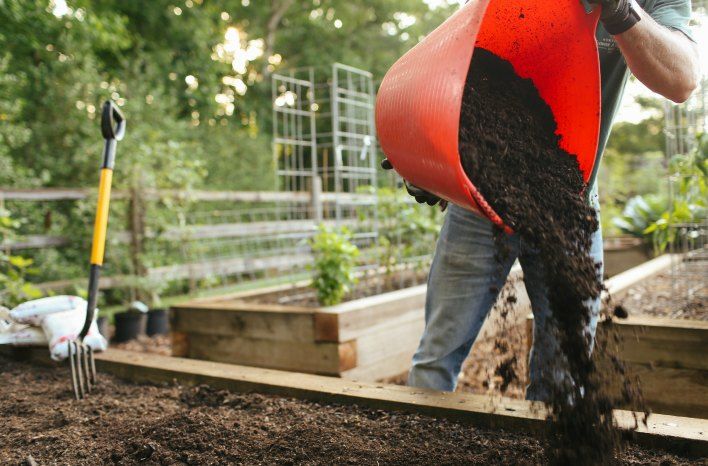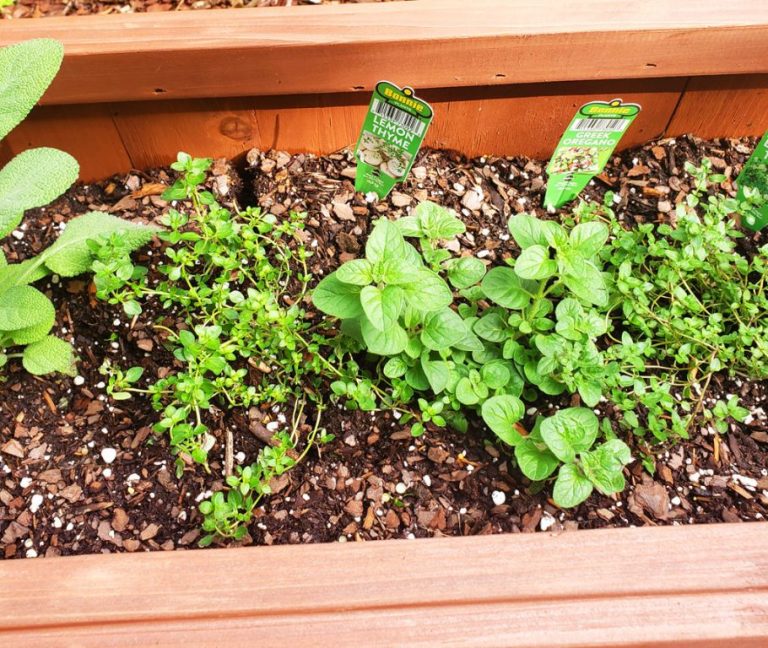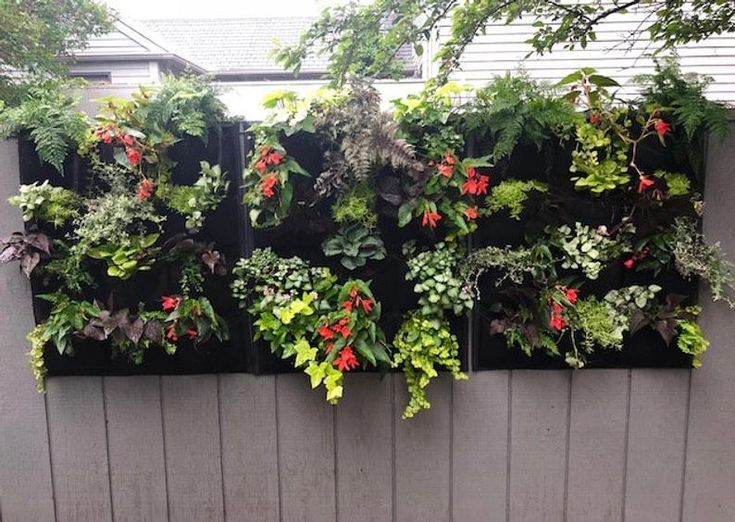Understanding Sunlight And Watering Needs For Your Beginner Garden
Having a successful garden starts with understanding two critical elements – sunlight and water. Proper sunlight exposure and watering techniques lay the foundation for healthy plants and bountiful harvests. This guide will provide novice gardeners with tips on choosing the right plants based on sunlight availability and establishing good watering habits.
Sunlight and water enable the process of photosynthesis, whereby plants convert light energy into sugars. Photosynthesis fuels plant growth and produces the fruits, vegetables, and flowers that gardeners enjoy. With ample sunlight reaching their leaves and sufficient water absorbed through roots, plants can thrive. Ignore these basic needs, however, and even the most robust garden will struggle.
By choosing suitable plants, planning for proper sunlight, and watering correctly, beginners can set their gardens up for success. Read on to learn gardening fundamentals about the sun and water.
Determine Sun Exposure
The first step in understanding sunlight needs for your garden is determining how much sun exposure your yard receives throughout the day. Facing direction is key – a south-facing yard will get the most sunlight as it receives direct sun for the longest period. To accurately map sunlight, note which parts of your yard receive sunlight in the morning, midday, and afternoon. Walk around the perimeter and make observations or use an app like Sun Seek to visualize sun movement.1
The most basic sunlight measurements are full sun and partial sun/shade. Full sun means an area receives direct sunlight for 6 or more hours per day. Partial sun refers to 4-6 hours of sun, while shade areas get less than 4 hours of direct sun.
Full Sun vs Partial Sun
Full sun means a location that receives at least 6 hours of direct sunlight per day. According to Proven Winners, full sun is ideal for vegetables, annuals, perennials, and shrubs that need a lot of energy to flower and produce fruit. Examples of full sun plants include lantana, black-eyed Susan, coneflowers, and sedum.
Partial sun refers to a site that gets direct sun for about 4-6 hours each day, often with some filtered sunlight during the afternoon as trees or buildings provide shade. The Spruce notes morning sun is better than afternoon sun for most partial sun plants. Examples include azalea, astilbe, impatiens, coral bells, and hosta.
Understanding the difference between full sun and partial sun exposure will help you choose the right plants for your garden’s unique lighting conditions.
Choose Sun-Loving Plants
Most vegetables thrive in full sun, which means at least 6 hours of direct sunlight per day. When planning your garden, be sure to situate these sun lovers in the brightest spots.
Some examples of popular vegetables that need full sun include:
- Tomatoes
- Peppers
- Eggplant
- Squash
- Melons
- Okra
- Sweet corn
- Beans
- Cucumbers
In addition to vegetables, many herbs and flowers appreciate extended sunlight. Marigolds, zinnias, sunflowers, lavender, rosemary, and basil are just a few flowering plants that thrive with at least 6 hours of direct sun.
When planting sun-lovers, make sure to choose a spot that receives sunlight for most of the day, such as a south-facing garden bed. Give each plant adequate spacing to account for mature size.
Choose Shade Plants
Many vegetables and flowers thrive with less than 3 hours of direct sunlight per day. Some examples of shade-loving plants include:
Leafy greens like lettuce, spinach, kale, and arugula. These plants prefer cool, moist growing conditions away from intense sun exposure. According to an article on Swanson’s Nursery blog, salad greens are one of the top shade-tolerant vegetables to grow.1
Root vegetables like beets, turnips, radishes, and carrots. Their roots develop nicely in the cooler soil temperatures of shaded beds.
Peas, beans, leeks, and onions are other vegetables that produce well in partial shade. Vine crops like cucumbers and squash also tolerate some shade.
For flowers, hostas, astilbes, coral bells, and caladiums thrive in heavily shaded areas. Hydrangeas and hellebores are also excellent choices for a shade garden.
When planning a shade garden, choose varieties described as shade-loving or partial sun to ensure the best growth and production.
Watering New Plants

Proper watering is crucial for establishing newly planted trees, shrubs, and other plants. During the first few weeks after planting, the roots are not well developed and cannot absorb moisture from a large area of soil. Frequent watering is needed to keep the root ball and surrounding soil moist. Most experts recommend the following watering schedule:
1-2 weeks after planting, water newly planted trees, shrubs, and plants daily or every other day according to University of Minnesota Extension. This helps establish moisture in the limited root zone. Water long enough to moisten the root ball and surrounding 2-4 inches of soil.
2-12 weeks after planting, water every 2-3 days according to GloVer Nursery. Reduce frequency as roots begin to grow beyond the root ball into surrounding soil, but do not allow soil to dry out completely.
After 12 weeks, water weekly as roots become established according to Saving Water Partnership. Gradually reduce watering frequency and increase amount of water applied until plants are on a normal watering regimen.
Proper watering of new plantings helps promote root growth into native soil. Make sure not to overwater or underwater new plants. Adjust frequency and amount based on soil type, weather, and specific plant needs.
Established Plant Water Needs
Once your plants are established, typically after the first year, their water needs change. How often you need to water will depend on factors like soil type, weather, and the types of plants in your garden.
In general, established plants do not need to be watered as frequently as new plantings. According to the University of Minnesota Extension, established plants typically only need about 1 inch of water per week, whether from rain or manual watering (source). This equals around 30-40 minutes of sprinkler time twice a week for most soils.
For sandy soils that drain quickly, aim to water established plants twice a week. Heavier clay soils that retain moisture well may only need weekly watering. Adjust frequency based on weather and signs of stress in your plants.
The key is to water deeply and infrequently. This encourages established plants to grow deep roots. Frequent shallow watering results in short roots that dry out more easily.
Watering Methods
There are several effective techniques for watering your plants, each with their own pros and cons. Choosing the right method depends on factors like the type of plants you’re growing, your garden’s layout, and your watering needs.
Hand watering with a watering can or hose allows you to control water flow and target specific plants. However, it can be time consuming for larger gardens. Watering wands extend your reach while hoses provide more coverage.
Drip irrigation and soaker hoses apply water directly to the soil, reducing evaporation and waste. Drip irrigation requires some setup but waters efficiently using a timer. Soaker hoses are easy to move.
Sprinklers cover a wide area and are great for lawns. But they aren’t targeted, so some water is lost. Oscillating models distribute water evenly in straight lines. Rotary sprinklers can cover irregular garden shapes.
Consider grouping plants with similar watering needs in one area. This allows you to tailor watering techniques based on each group’s requirements. Also, mulching around plants helps retain moisture.
Overall, hand watering gives you the most control for targeting thirsty plants. Drip irrigation works well for pots or vegetable gardens. And sprinklers cover lawns effectively. Try combining methods to maximize efficiency.
Conserve Water
Using water efficiently is important for any garden, especially for beginners just establishing plants. There are many methods to help conserve water:
- Add mulch around plants to reduce evaporation and retain moisture in the soil. A 2-4 inch layer of mulch such as wood chips or gravel helps lock in moisture. (HGTV)
- Install drip irrigation or soaker hoses to help water plants slowly and directly at their roots. This reduces water lost to evaporation or runoff. (Love Your Landscape)
- Collect rainwater in barrels or cisterns and use it to water plants. Rainwater is an excellent free and chemical-free water source for gardens. (Fine Gardening)
Using water wisely saves money, preserves this precious resource, and helps plants thrive.
Conclusion
To recap, a beginner garden will thrive when you choose the right plants for your sunlight exposure. Full sun areas, with 6 hours or more of direct sunlight, are suitable for most vegetables, herbs, and sun-loving flowers. Partial shade areas, getting 3-6 hours of sun, can grow plants like leafy greens and shade perennials. Carefully observe sunlight patterns before purchasing plants.
New transplants need frequent watering, up to daily in hot weather. Gradually reduce watering on established plants to 2-3 times a week. Focus water at soil level, use soaker hoses or drip irrigation to conserve water. Choose drought tolerant varieties, add mulch to retain moisture, and water early in the day to avoid waste from evaporation.
Gardening is a rewarding hobby. Start small, choose the right plants, and keep them well-watered while avoiding overwatering. Observe your plants and make changes to help them thrive. With a little TLC your beginner garden will flourish!





